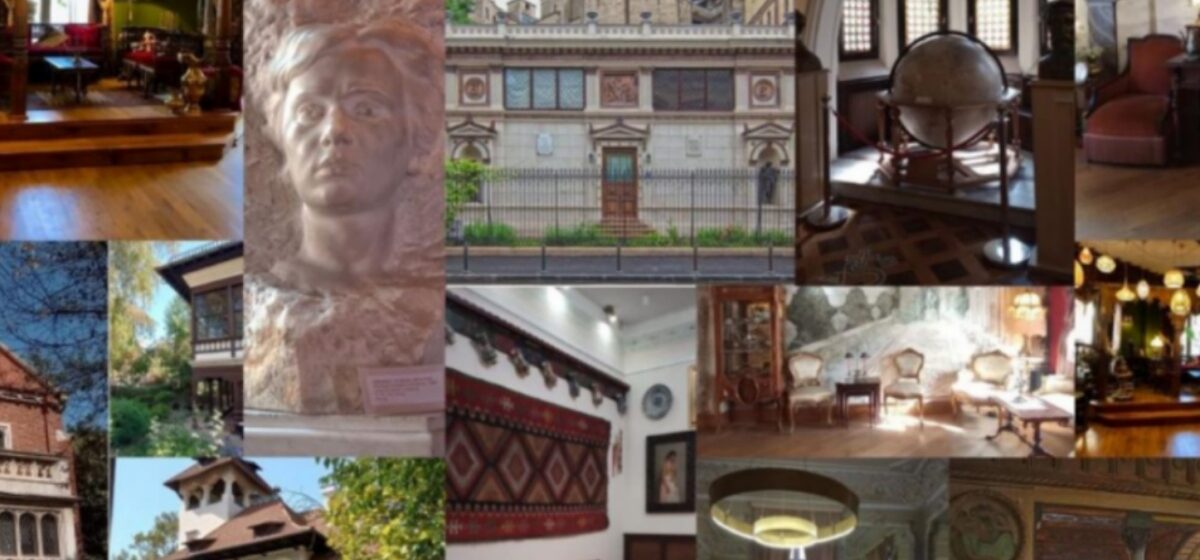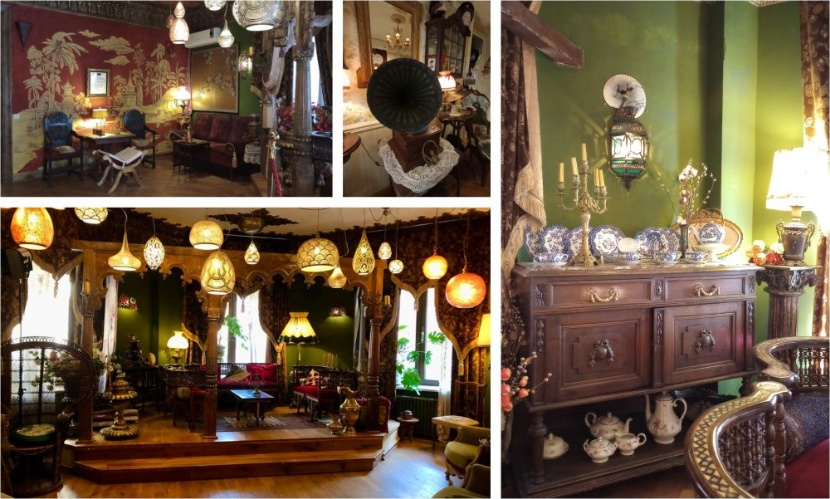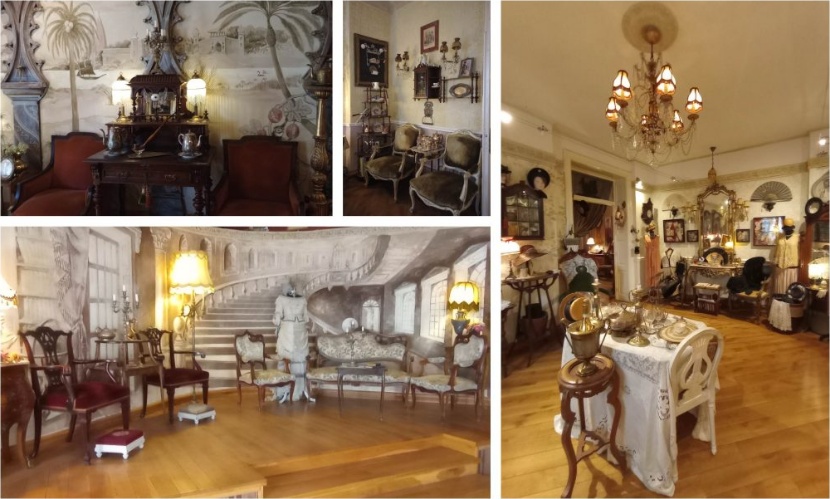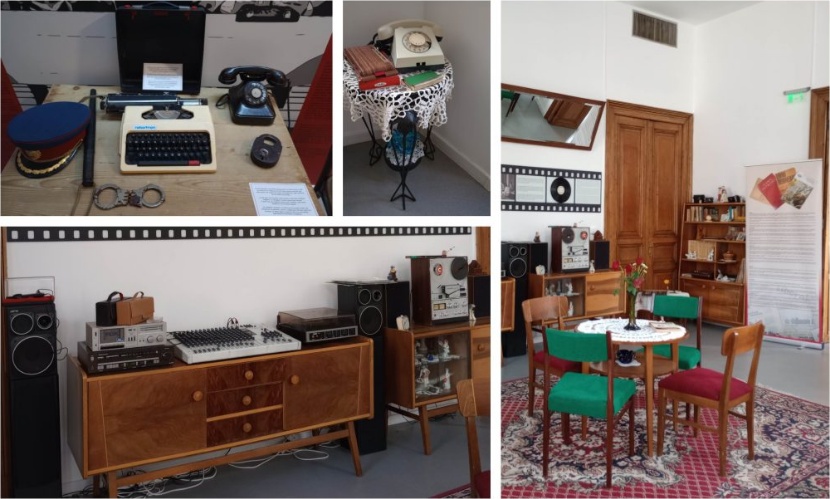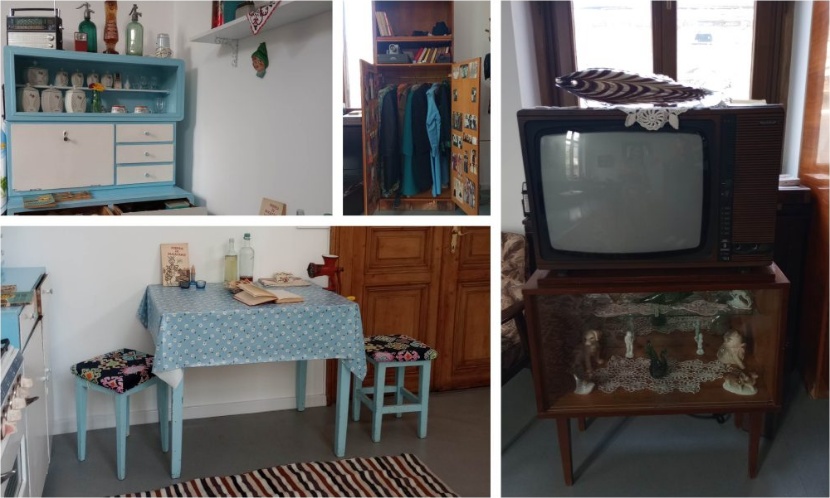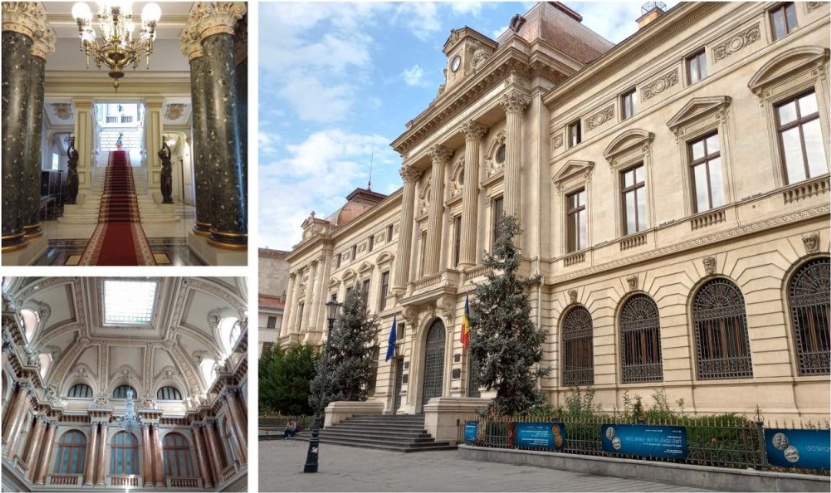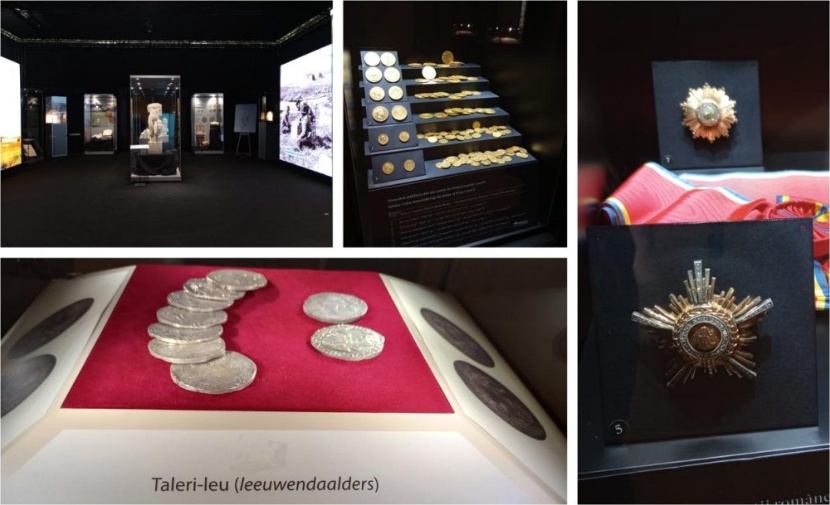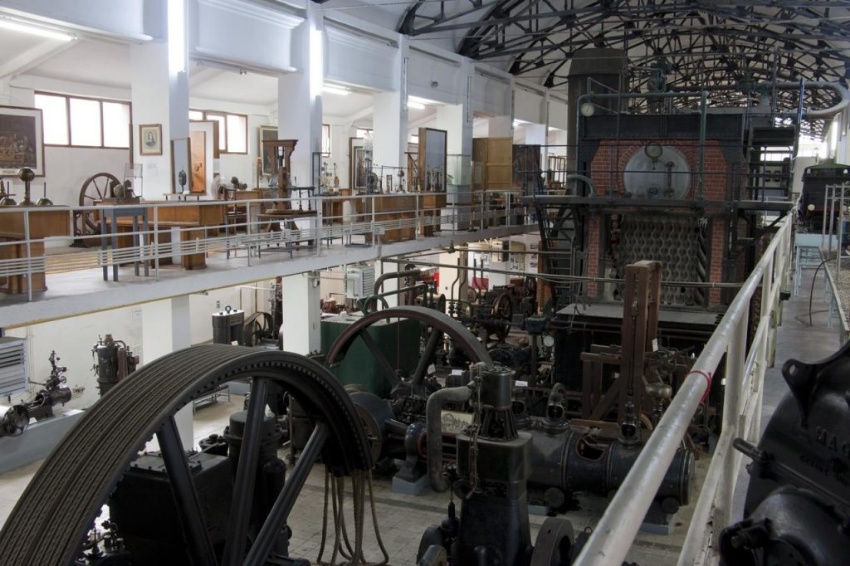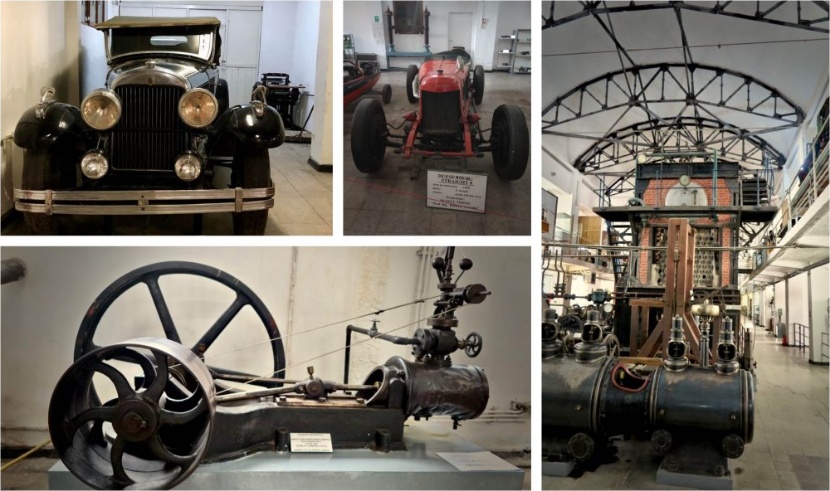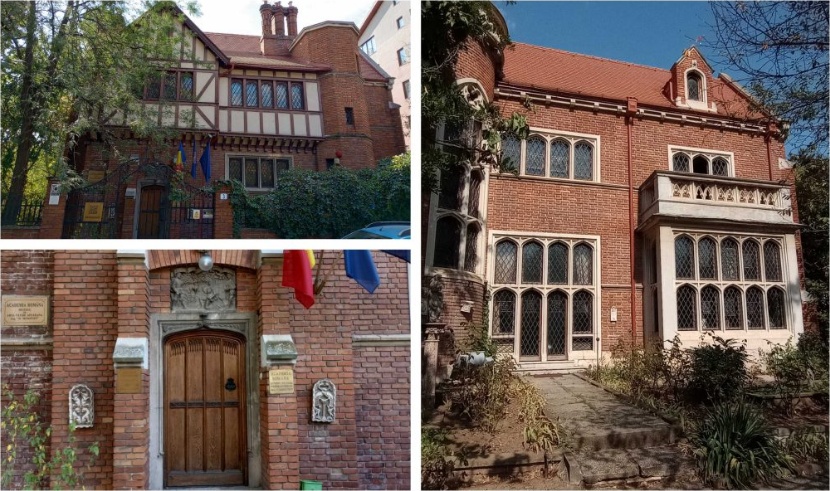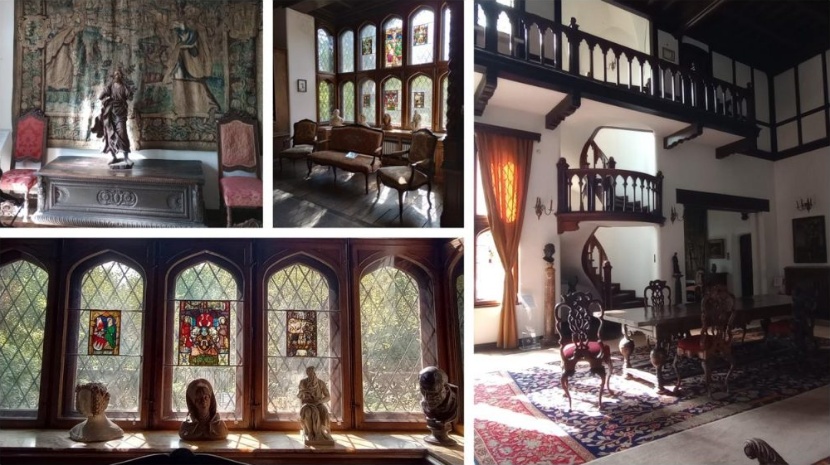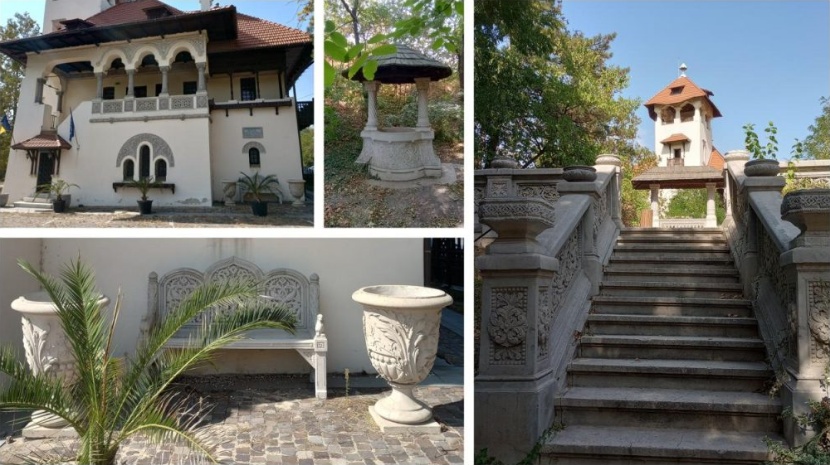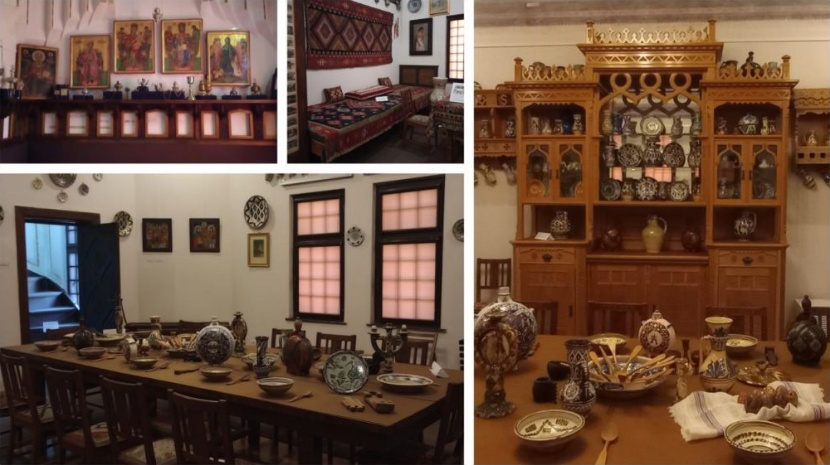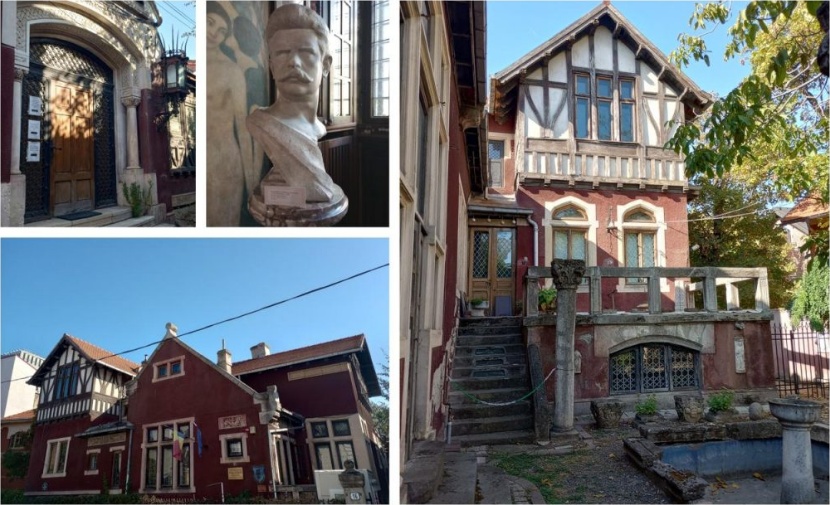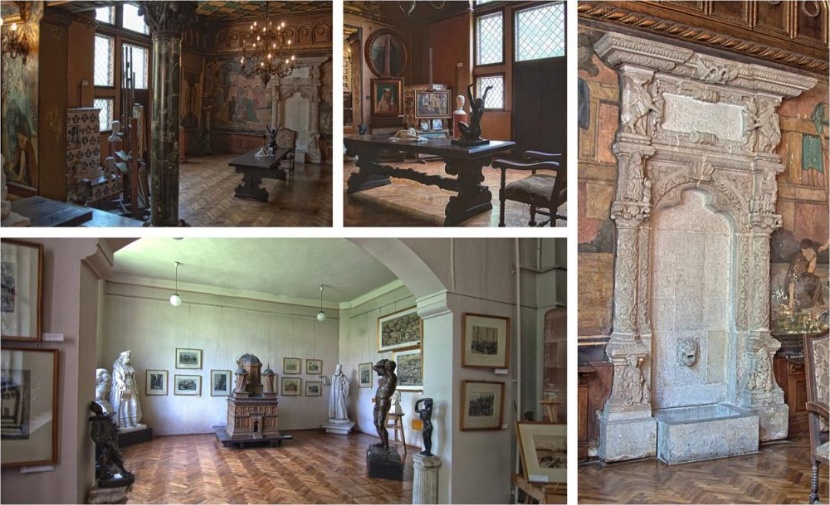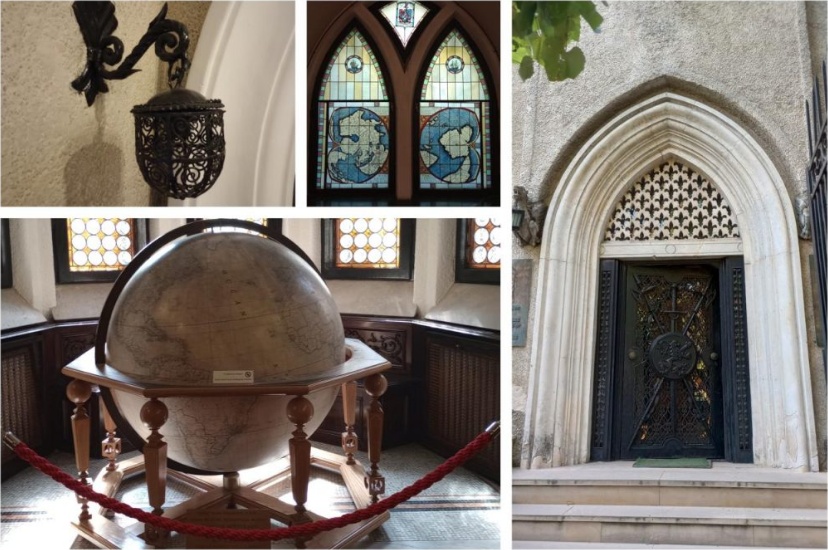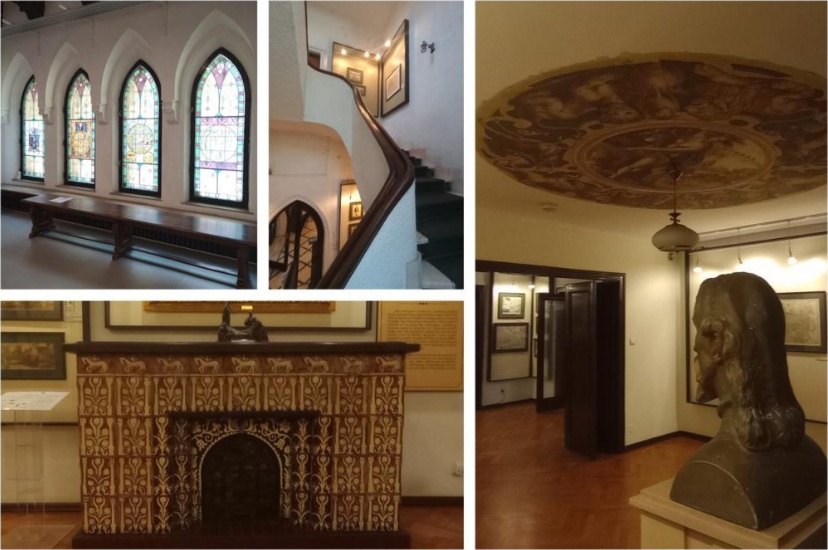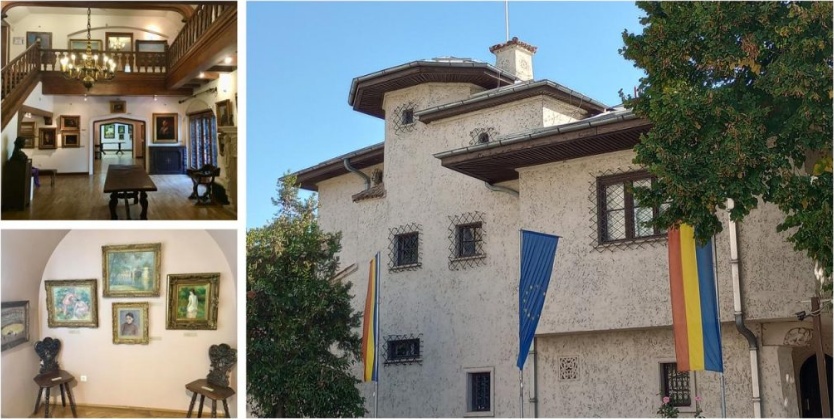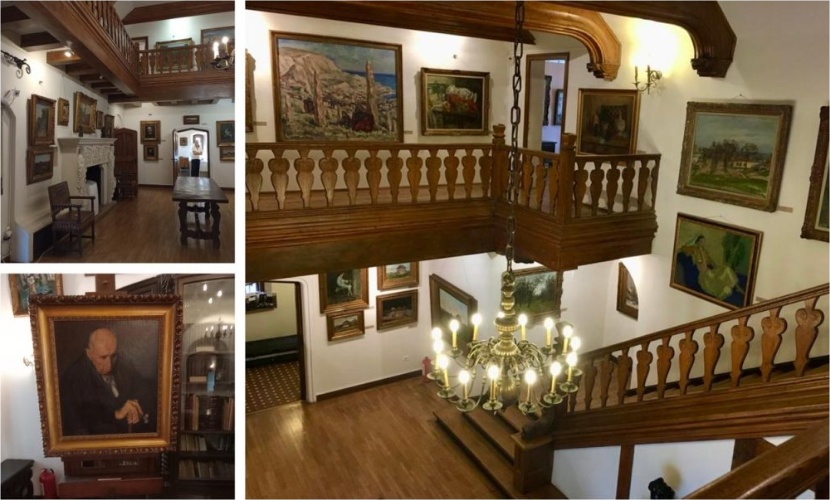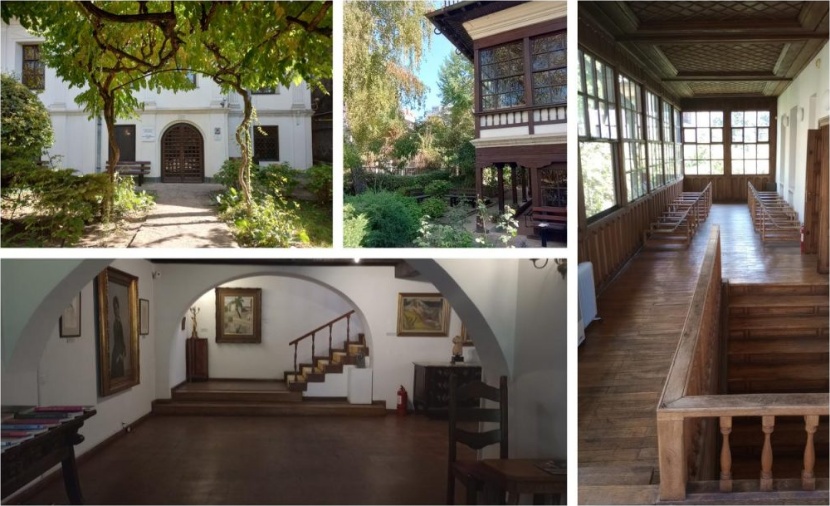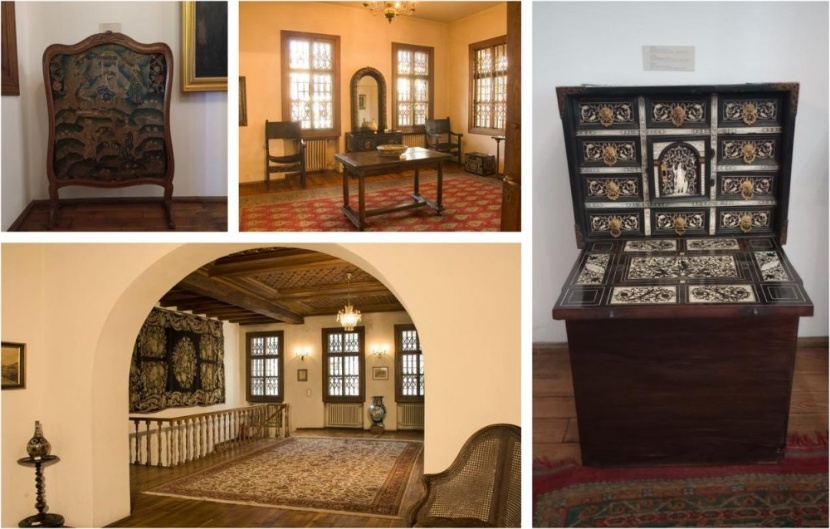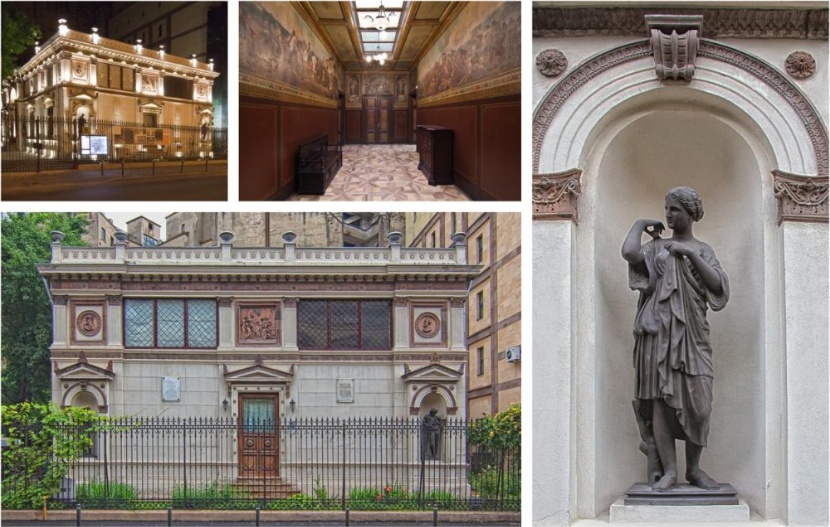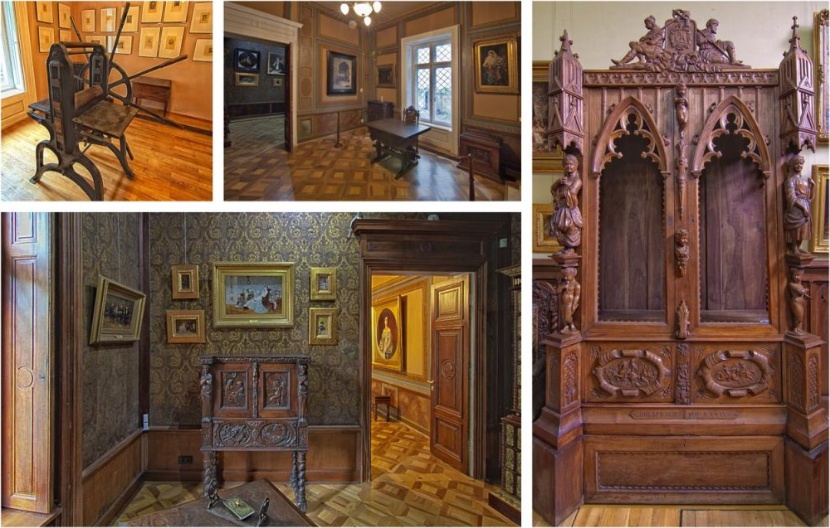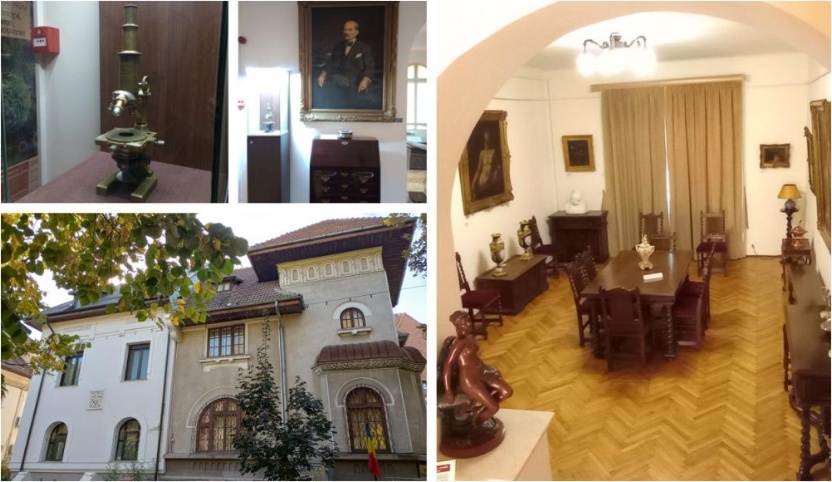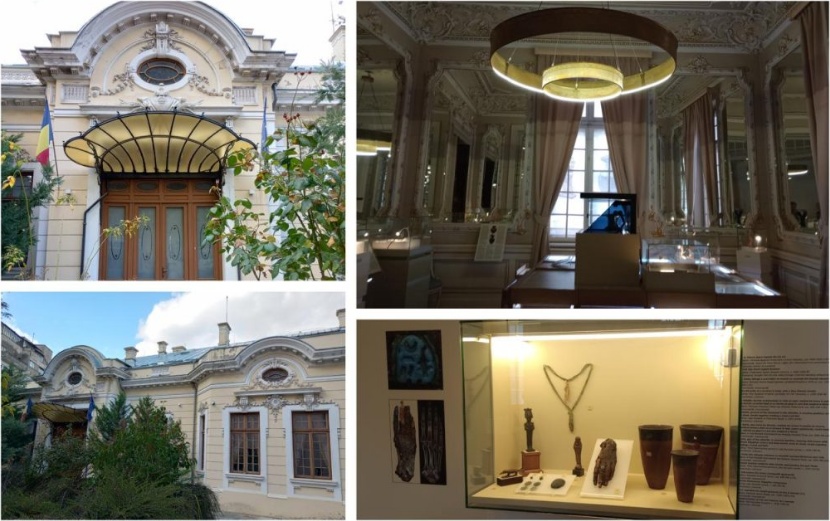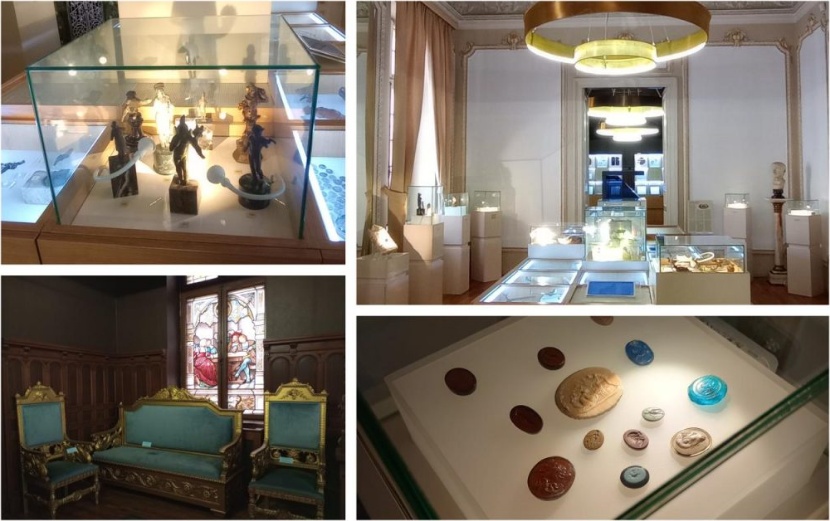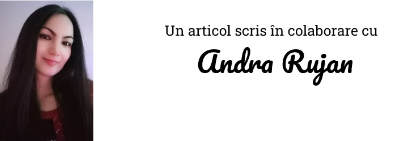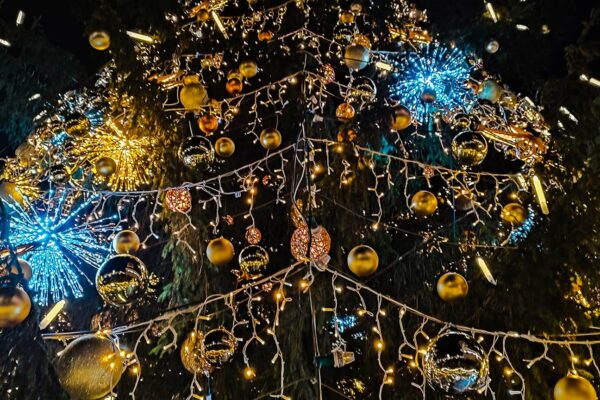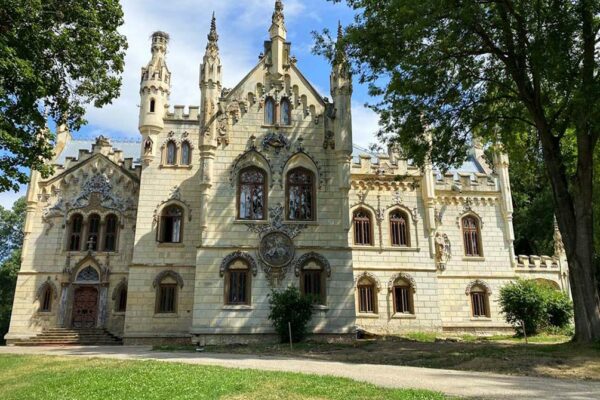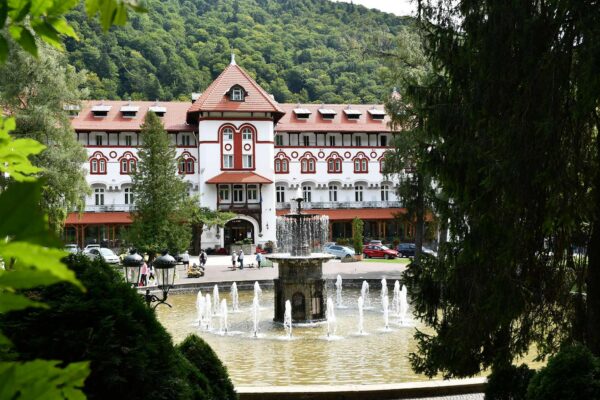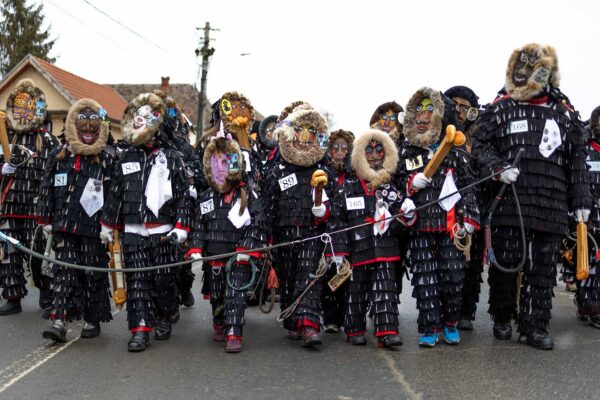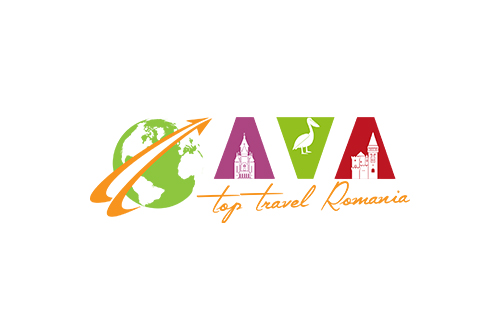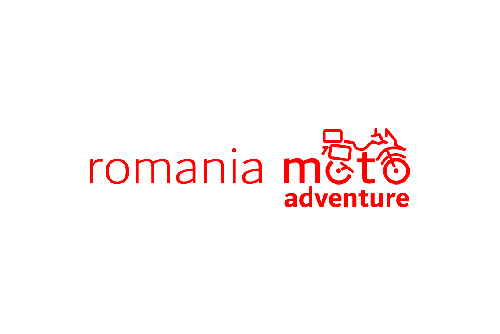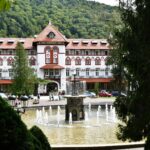
Sinaia, the pearl of the Carpathians
14 February 2024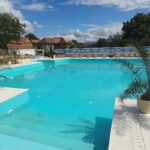
Complex Corabia Piratilor Beach Club Avrig
12 July 2024Thirteen lesser-known museums in Bucharest
A number of lesser-known museums in Bucharest offer you the opportunity to spend a pleasant afternoon in the capital! There are smaller or larger museums, state or private, each with a special theme or attraction. However, many of them are less known/visited. Some you may already know, others you will hopefully discover now.
The order is completely subjective and does not represent a ranking! It is also not a complete list of ALL museums. If you have a suggestion that fits this theme, feel free to make your own recommendations in the comments.
This article was written in collaboration with Andra Rujan, whom I thank very much for her extensive research. Although I have included information about the programme, I recommend that you check it out for yourself before visiting, as there may be changes. And as a general rule, most museums are closed on Mondays.
1st Little Paris Museum
I discovered the Little Paris Museum a few years ago and its atmosphere and history won me over on my first visit. It’s not a museum in the strict sense of the word, it’s like a backdrop that helps you feel the atmosphere of the Belle Epoque. It is very easily accessible, as it is located right in the old centre of Bucharest, on one floor of a building that belonged to the Dalles family.
As soon as you enter the museum, you are enveloped by the soft jazz music that plays in the background and accompanies you throughout your visit. Jewellery, fans, velvet curtains and crystal chandeliers let you feel the scent of times gone by. The story began with the master photographer Eugen Ciocan and his vintage studio.
If you book in advance, you can take home a valuable souvenir from the museum: Photos in historical costumes and with old photographic technology. If you simply want to savour the moment, you can enjoy tea in old porcelain cups in the French and Ottoman salons or in the museum’s courtyard at the Little Paris Museum.
Address: 41 Lipscani Street
Opening hours: Tuesday – Sunday, 11:00 – 19:00, Phone 0726 694 005
2nd Museum of Communism in Bucharest
Almost ironically, and for reasons entirely to do with proximity, the next in a series of lesser-known museums in Bucharest is the Museum of Communism in Bucharest (originally called “Somewhere in Communism”). It is also located in the old centre of Bucharest and is the youngest of the museums on this list. Personally, I have no nostalgia for communism, even though I remember my childhood, part of which took place before 1989. But I think that the approach of recreating the atmosphere of a communist flat is useful for a much younger generation, who can be helped to better understand this period, or for foreign tourists for whom communism is a curiosity.
And here, “costumes” are part of the experience. You can try on a bonnet, flowered dresses or fur coats and even choose your own record or cassette to listen to music in the museum’s living room. Those who lived through those times will not be entirely surprised by the décor, which includes knick-knacks and bric-a-brac, pieces of furniture or the so-called cold corner in the kitchen – a rack of thick clothes and a makeshift antique heater.
At the Museum Somewhere in Communism, you are invited to leave some memories in a notebook. The museum café serves coffee and some communist-era drinks, but we soon learnt that you can also try ‘nechezol’ there. If you don’t know what nechezol is, I can tell you how old you are! It’s a coffee substitute that people used to buy during the communist era.
Address: Strada Covaci 6, entrance from strada Soarelui, through the two red doors (in the old centre).
Opening hours: Thursday – Tuesday, 10:00 – 19:00, Phone 0748 150 003
3rd Museum of the National Bank of Romania
I don’t know if it can be counted among the lesser-known museums in Bucharest, but since access is limited, I have included the Museum of the National Bank of Romania here. It is a very interesting museum that houses one of the most valuable numismatic collections in Romania. A visit to the “most beautiful building in Bucharest”, as the architect Ion Mincu called it, cannot be made spontaneously, but requires advance booking, sometimes even a few weeks in advance. The museum invites you to discover the history of money circulation in our country. The BNR Palace is an architectural jewel with special acoustics and sculptural decorations, where you can admire the Romanian treasure of real gold bars and coins.
At the National Bank of Romania Museum, you can also learn more about the history of the Romanian leu. It was created in the 17th century, when Dutch Löwenthaler thalers engraved with a rampant lion were used in the Danube Principalities and was called “leu” by the locals. The building, where the Old and New Palaces come together, is an important sight for lovers of beauty and history.
Address: Lipscani Street nr 25
Opening hours: Guided tours in Romanian by appointment only, Monday to Friday at 10am, 12pm, 2pm and 4pm and in English from 12pm and 4pm. Personal details are required and admission is FREE.
4th National Technical Museum Dimitrie Leonida
I think that the National Technical Museum Prof. Ing. Dimitrie Leonida does not get the attention it deserves! Although it is located in a very busy area, at the entrance to Carol Park, I think too few Bucharest residents have discovered it. It is a unique museum with over 5000 exhibits, conceived by its founder, engineer Dimitrie Leonida, as a place of experience and learning.
Dimitrie Leonida was an outstanding specialist in the field of energy. He studied at the Charlottenburg Polytechnic and recognised very early on the need for qualified technical personnel in Romania. In 1908, he founded the school for electricians and mechanics with his own funds. And because he visited the technical museum in Munich during his studies, he made it his mission to create something similar in Romania.
In the technical museum, you can visit a variety of areas: Mechanics, electricity, atomic physics, mining, petroleum, heat, energy, metrology and industrial machinery. One of the most important exhibits is the Persu car, invented by engineer Aurel Persu in the 1920s, the world’s first aerodynamic vehicle with wheels inside the body. It was restored in 2023 and took part in the Architecture Biennale in Venice.
The museum also houses a number of other cars with history, such as one of the first cars to circulate in Bucharest – Oldsmobile. The Duesenberg, a racing car specially built for the 1930 Indianapolis Rally, is also very interesting.
Also impressive is a huge exhibit, the Babcock-Wilcox boiler, which was in operation at the Grozăvești power plant. The exhibits are either original objects or models made by Leonidas’ students. During guided tours, children and adults have a unique experience: they can take part in practical demonstrations during which some of the exhibits are put into operation.
Address: 2 Candiano Popescu Street
Opening hours: Wednesday – Sunday, 9:30 – 17:00
5th Museum of Ancient Art Engineer Dumitru Furnică – Minovici
It is one of my favourite houses in Bucharest, with an incredible personality and history. Its beauty and uniqueness has also attracted many filmmakers, actors like Andy Garcia, Steven Segal and Wesley Snipes have filmed here. Here you will find the Museum of Ancient Apusian Art Ing. Dumitru Furnică – Minovici at Casa Presei Libere, near the Miorița Fountain. The fact that this museum is further away from the centre means that it is less visited. But that is perhaps a blessing for this place, which is too intimate and precious to be visited by large groups.
The museum was founded by the engineer Dumitru Furnică-Minovici (1897-1982), the nephew of Dr Nicolae Minovici. Access is through a medieval solid wood gate with an ornate black wrought iron handle, which you have to knock on to open, just like in the old palaces. The collections, which are all of European origin, are extremely valuable: Flemish tapestries woven in Brussels by Jacob von Sergers, which are now estimated to be worth around 800,000 euros, the only Tuscan Renaissance fireplace in Romania, which was specially brought from Florence and is over 500 years old, and stained glass windows with coats of arms or historical scenes that are between 600 and 800 years old.
The library is also a showpiece: it contains over 2000 rare and valuable books in several languages, the oldest of which dates back to 1548. These are first editions on paper, with watermarks, gilded bindings, made of precious wood or Chinese silk. The collection also includes a copy of a rare edition of the Bible, of which there are only 9 copies in the world.
Address: Doctor Nicolae Minovici Street 3
Opening hours: Wednesday – Sunday, 9:00 – 17:00
6th Museum of Folk Art “Prof. Dr Nicolae Minovici”
The Museum of Folk Art “Prof. Dr. Nicolae Minovici” is located next to the Museum of Western Art and is also known as the “Villa with Bells”, as the 40 coloured crystal bells ring with every breath of wind. The founder of the museum is the famous doctor Nicolae Minovici, who was the first to establish the Romanian Rescue Society, the Emergency Hospital and the Samaritan School of First Aid. Passionate about art and traditions, in 1905 he decided to build “the first house in the Romanian folk style”. The house is inspired by the Olten Kule style and has a veranda, an external staircase and a pavilion. The entrance to the museum is through an imposing Maramureșean oak gate, which leads to a beautiful garden with paths and benches surrounding the building.
Here you are surrounded by traditions at every turn: Folk costumes, woven carpets, Saxon worktops, carved wooden arches, painted ceramics, etc. It is interesting to note that the predominant folk elements such as the rosette – symbolising the sun – and the rope can be seen everywhere on furniture, ceramic pots, walls and ceilings. The museum’s entire collection comprises 4250 authentic pieces of Romanian, Szekler, Hungarian and Saxon folklore. The oldest piece is a cobalt blue ceramic plate from Saschiz with a bird motif from 1789.
Address: Doctor Nicolae Minovici Street 1
Opening hours: Wednesday – Sunday, 9:00 – 18:00 (last admission at 17:30!) NOTE: The museum is temporarily closed during this time, please check before you plan a visit.
7th Frederic Storck and Cecilia Cuțescu-Storck Museum
Another extraordinary building, which is also one of my favourites in Bucharest, is the Frederic Storck and Cecilia Cuțescu-Storck Museum. The museum is small and located near Victoriei Square, so you won’t find many exhibits. However, the house itself is a rare work of art. Unfortunately, it’s true that I find the building more run-down every year, but that’s a more complicated issue.
The museum is a real lesson about art, love, equality and work (as the motto on the wall of the museum says: “Work, work, work”). But also about the power of creating something when the rules of time and society are against you. This museum was the home and studio of the Cuțescu-Stork couple, she a painter, he a sculptor, and every corner is a work of art.
Cecilia Cutescu-Storck was the first female professor at a European art academy and, together with Nina Arbore and Olga Greceanu, founded the first association of Romanian women artists, the Association of Women Painters and Sculptors, in 1916. She campaigned for women’s rights and depicted women in complex poses in her paintings. Frederic Storck is the son of the famous sculptor Carl Stork and created numerous decorative works of art, including for funerary architecture.
The museum houses the sculpture “The Stone Worker” or the very large model of the Curtea de Argeș monastery, which Carl Stork made for the annual exhibition in Paris in 1867. In addition to the sculptures and paintings in the museum, the vestibule with marble columns and winged lion capitals, just like on St Mark’s Square in Venice, is also worth seeing. The ceiling painting of the Garden of Heaven and the fully painted walls from Cecilia’s studio are also impressive. In the garden behind the house, you can admire a 100-year-old Japanese acacia tree and a magnificent magnolia tree.
Address: 16 Vasile Alecsandri Street
Opening hours: Wednesday – Sunday, 10:00 – 18:00
8th National Museum of Maps and Old Books
The Map Museum is a unique and extremely creative museum that offers a journey through a different kind of world. Here you will find an outstanding collection of maps displayed in a beautiful house, an elegant room with busts, beautifully decorated fireplaces, terracotta stoves and stained glass windows.
There are over 1,000 maps on astronomy, Romanian regions, continents and city maps, all dating from the 16th to 20th centuries. In the first room, a special exhibit immediately catches your attention: a large and very precise globe made of wood and special paper, which French President François Mitterrand gave to the then Romanian President Ion Iliescu at the beginning of 1990, who in turn bequeathed this globe to the National Museum of Maps and Old Books.
The odographic and astronomical maps on the second floor are remarkable, including the map of the moon published in 1742 by the German mathematician and astronomer J. G. Doppelmayr. All the ceilings are completely painted with the signs of the zodiac, mythological and allegorical creatures or depictions of the moon and sun. The museum also features a chest with carved elements and secret compartments for documents, as well as a tête-à-tête sofa with carved wooden elements on the back, which was used for more intimate conversations. Special attention is paid to children, for whom there are reading corners or geography puzzles and for whom the museum regularly organises various cultural education programmes.
Address: 39 London Street
Opening hours: Wednesday – Sunday, 10:00 – 18:00
9th Zambaccian Museum
I was quite surprised when I visited the Zambaccia Museum for the first time and saw paintings by Picasso, Cézanne and Matisse. I don’t know how many people in Bucharest realise that they can see these treasures here. This is also a beautiful house that belonged to Krikor Zambaccian, a Romanian businessman of Armenian descent who was a renowned art critic and collector. Over the course of half a century, he amassed this collection of paintings, sculptures, prints and furniture and donated it (whether under pressure or not) together with the house to the Romanian state in 1947. Zambaccian is also the one who invented the concept of art consignment, he was the director of the first art consignment: Romarta.
In the museum you can admire works by Ion Andreescu, Nicolae Grigorescu, Nicolae Tonitza, Ștefan Luchian, Theodor Pallady and foreigners such as Pablo Picasso, Coridă”, Alfred Sisley, André Derain, Pierre-Auguste Renoir, Camille Pissarro, Paul Cézanne, Henri Matisse, Pierre Bonard, Eugène Delacroix and Maurice Utrillo.
Address: 21A Zambaccian Museum Street
Opening hours: Wednesday – Friday 10:00 – 18:00, Saturday – Sunday 11:00 – 19:00
10th Theodor Pallady Museum – Melik House
In the quiet streets around the Armenian church stands the Melik House, which is considered the oldest residential building in Bucharest. The history of the house and how it came to house the Theodor Pallady Museum since 1971 can be found in the article about 7 impressive mansions in Bucharest. It is important to mention that this museum exists thanks to the donation of Serafina and Gheorghe Răuț’s art collection to the Romanian state. The museum has a collection of more than 800 works: Nude drawings, portraits and interiors by Theodor Pallady as well as decorative art objects and furniture made of solid wood, ceramics from the 16th to 19th centuries, ancient Greco-Roman, Egyptian, Indian and Renaissance sculptures – Italian and French.
A very special piece is the French cabinet from the 17th century, which is made of ebony and blackened wood, bone, ivory and bronze. Other special exhibits include the gold-embroidered fireplace screen with walnut frame from the time of Louis XV and the 19th century Basarabian bark stretched across an entire wall, which forms the transition from the ground floor to the ground floor. The feeling of stepping onto the floor of a 250-year-old house is one more reason to visit this museum.
Address: 22 Spătarului Street
Opening hours: Wednesday – Friday 10:00 – 18:00, Saturday – Sunday 11:00 – 19:00
11th Theodor Aman Museum
Theodor Aman was an accomplished artist, which is clearly evident in the museum that bears his name. It is located at 8 C. A. Rosetti Street and was built on a plot of land that was given to his wife Ana Aman as a dowry. It is worth mentioning two very interesting things that are less known to the public. Firstly, at the time when the house was built in the so-called Radu Boteanu slum, there were no other houses in the neighbourhood. Then it is very interesting to know that Aman is actually not the original name of the artist’s family, but a nickname. It comes from a Turkish word that means “mercy” or “compassion”. The painter’s father, whose real name was Dimitrie Dimo, was a merchant and traded with the Turks from Vidin. He gave goods on credit and the Turks, who were unable to pay on time, asked him to have mercy on them and honour their debts. He was called “Aman” so often that he decided to adopt this nickname as his surname.
The special thing about the Aman Museum is that almost everything here was designed by Aman: the architectural design of the house, the interior (the exterior decoration was by Karl Storck) and the entire interior decoration: wall paintings, stained glass, etc. Aman was also a sculptor and therefore carved most of the furniture in the house and all the wooden decoration: panelling, medallions on the doors, etc. He was also a well-known engraver, which can be seen in the room where his engravings and the engraving press on which he worked are on display. He also played the cello at the music evenings he organised, accompanied by his stepdaughter Zoe on vocals and piano. Aman’s paintings cover all genres: landscapes, still lifes, nudes, battle scenes, seascapes, but also a number of studio scenes, which are very important because they bear witness to the fact that the objects that were painted still exist in the museum.
A unique element of the museum is located in the vestibule with the two magnificent murals of the Battle of Călugăreni. There is a hologram of Theodor Aman here, which you can take a photo with.
Address: 8 C.A.Rosetti Street
Opening hours: Wednesday – Sunday, 10:00 – 18:00
12th Victor Babes Museum
Near the Zambaccian Museum, there is another museum that deserves your attention: the Victor Babes Museum. The world’s first treatise on bacteriology – bacteria and their role in the anatomy and pathological histology of infectious diseases – written in 1885 by Dr Victor Babes together with the French physician André Cornil, is exhibited here. Victor Babes published more than 1000 scientific articles and more than 25 monographs on tuberculosis, pellagra, leprosy and syphilis. He invented the Romanian method of rabies vaccination. Here you can see Babes’ desk and his microscope, in front of which he died, his honours and works, as well as works of art that belonged to his only son, Mircea Babes. Victor Babes received numerous awards for his work, including the French Legion of Honour. To teach the little ones a lesson in care and hygiene, the museum offers an interactive game called “Interactive Microbiology” with three games on bacteria and viruses, which teach children how to avoid them and thus prevent illness.
Address: 14A Andrei Muresanu Street
Opening hours: Wednesday – Sunday, 10:00 – 18:00
13th George Severeanu Museum
George Severeanu was a well-known radiologist and the first director of the Museum of Bucharest. Out of a desire to found a museum, he collected over 11,000 artefacts. The largest part of Dr Severeanu’s collection is numismatic and includes more than 9000 pieces. He was also involved in the founding of the Romanian Numismatic Society, of which he was Secretary General for almost 20 years. Dr George Severeanu was the son of the famous surgeon Constantin-Dimitrescu Severeanu, who (together with an assistant and a mechanic) built the first X-ray machine in Romania at the Colțea Hospital in 1896, just one year after the discovery of X-rays.
An important attraction in the house museum from the second half of the 19th century is Maria Severeanu’s necklace, which was mounted in Paris. A gift from the doctor to his wife, it contains 44 antique gemstones and cameos. The museum houses two beautiful halls surrounded by large mirrors with carved frames. It houses the most important collection of Greek vases published in the Corpus Vasorum Antiquorum, one of the major international specialised publications. There are also exhibits from the Roman period, a very large collection of coins and 140 antique lamps, the so-called opaques (bronze, Egyptian or from the Black Sea workshops), all of which are different. The dining room is something special, with its Viennese Baroque-style sofas with gilded carvings, its walls entirely covered with natural leather wallpaper and its beautiful stained glass windows with matt paintings by August Zwoelfer. The most important exhibit is a manuscript in its original form, written in Cyrillic script by the ruler of Moldavia, Alexandru Ioan Mavrocordat. Interestingly, the museum organises a monthly conference on history and archaeology, which is open to the public. Attention is also paid to the little explorers, the children, who, with the help of a booklet designed especially for them (which they can keep), can take part in thematic workshops that tell a story about the museum’s artefacts.
Address: 26 Henri Coandă Street
Opening hours: Wednesday – Sunday, 10:00 – 18:00
Bucharest has many other places to visit and here we are just opening a list of possibilities. This article is provided without material consideration. To continue such cultural endeavours, we have founded the Bonton Association for People and Culture. If you would like to support us, you can do so by making a donation to the Bonton Association for People and Culture,
IBAN account RO78BTRLRONCRT0CQ6938301, CIF 48710592, with the mention CULTURE donation.
If you have a business, you can contact asociatiabonton@gmail.com for sponsorship, and for individuals with salary income, you can redirect 3.5% of your income tax-free by completing the online form here. If you file the tax return yourself, choose the Bonton association for people and culture as the recipient of the redirection with the same data: IBAN account RO78BTRLRONCRT0CQ6938301, CIF 48710592. Thank you!
Many thanks to the Museum of Bucharest for facilitating access to its museums.
I invite you to read about another incredible place in Bucharest, the Romanian Archives Museum, and if you are thinking of a European destination with an important cultural component, I recommend the article about Salzburg | Places to visit, gastronomy and hidden treasures.
If you liked this article, don’t forget to follow my travels with a like or follow me on Facebook, Youtube, Instagram @danagont.ro or TikTok. You can also sign up for the newsletter to receive news about the stories I write from time to time.
Dana Gont
Text & Images: Dana Gont in collaboration with Andra Rujan

